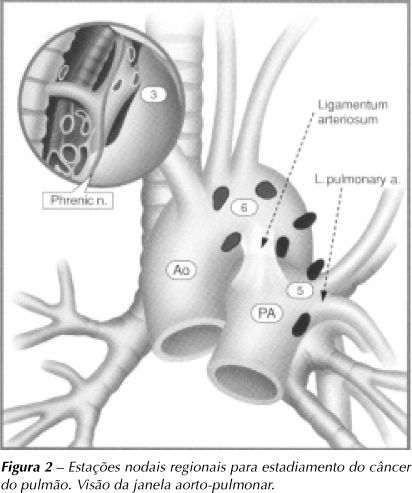Carcinoma of the lung can present in a number of guises and a number of possible and often complementary diagnostic approaches are available. The choice of procedure should reflect the presentation of the tumor, local expertise, intended management and patient preference. There are different methods of investigation: sputum cytology, fiberbronchoscopy, transbronchial biopsy, transbronchial needle aspiration, transthoracic fine needle aspiration, etc. The association of all of these methods increases the power of diagnosis. Staging is the measurement of the anatomical extent of a tumor in any given patient. The staging of cancer began with Denoix's TNM classification system, and, although several modifications were developed, it remains the basis of lung cancer staging systems up to now. Assigning patients to a particular TNM stage allows choosing the most appropriate therapy and provides prognostic information. Also, the impact of new therapeutic methods can be evaluated for efficacy and a comparison of the expected survival rates can be predicted.
Diagnosis; Lung neoplasms; Neoplasm staging; Thoracoscopy



